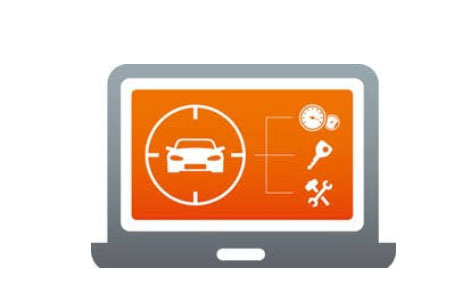THANK YOU FOR SUBSCRIBING
AI-Integrated Fleet Management Software Takes AMRs to the Next Level!
The need for enhanced productivity and efficiency has spurred the fleet industry to employ AI-powered autonomous mobile robots.

By
Apac CIOOutlook | Wednesday, September 04, 2019
Stay ahead of the industry with exclusive feature stories on the top companies, expert insights and the latest news delivered straight to your inbox. Subscribe today.
FREMONT, CA: The need for enhanced productivity and efficiency has spurred the fleet industry to employ AI-powered autonomous mobile robots.
Organizations today are deploying one technology after another to maintain their competitive edge in the market. Most of them have realized the benefits of employing autonomous mobile robots (AMR) in enhancing productivity as well as efficiency in the organizations. AMRs have enabled the automation of repetitive industrial tasks such as material transportation, eliminating the need for disruptive and costly infrastructure reconfigurations.
Industries have not achieved the required level of flexibility and adaptability in their processes with conventional logistics solutions, which include forklifts, conveyor belts, and guided vehicles. Also, most of these systems are not designed to accommodate the evolving customer demands in the market. In this regard, the success of AMR application has spurred manufacturers to expand their AMR applications in the hopes of enhancing their internal logistics applications.
The integration of Autonomous Mobile Robots (AMR) with their fleet management software has delivered centralized control of robots to the organizations, eliminating bottlenecks and downtimes with the 24/7 mobile robot operations. Fleet management facilitates the assignment of relevant robots for prioritized tasks based on their position and availability.
The fleet management system enables organizations to monitor the battery levels of the robots and perform automatic researching. The traffic patterns of the robots are controlled by the system, which coordinates their rates based on the path intersections. Also, the integration of artificial intelligence (AI) equips the fleet management systems with new capabilities, including the utilization of strategically positioned cameras as sensors.
See Also: Logistics Transportation Review
The AMR leverages sensors to control their movements and interact with their surroundings. It receives relevant information from the integrated laser scanners, accelerometers, gyroscopes, 3D cameras, wheel encoders, and so on to drive their decisions. It enables the AMRs to determine the most efficient paths of navigation and avert obstacles.
The emergence of robust sensors, cloud computing, broadband, AI-focused processor architectures, and so on has equipped the AMRs with enhanced capabilities, including the ability to operate in offline conditions. The integration of AI and machine learning (ML) has promoted low latency, high autonomy, low power consumption, and fast reaction times. The AI-powered AMRs can aid the organizations in maintaining the required safety protocols and drive efficiency.
Check out: Top Fleet Management Technology companies in APAC





